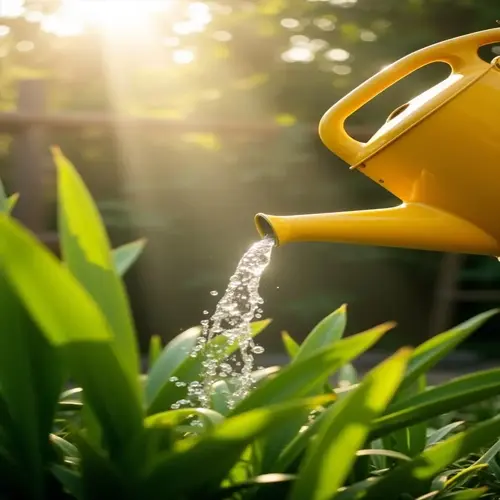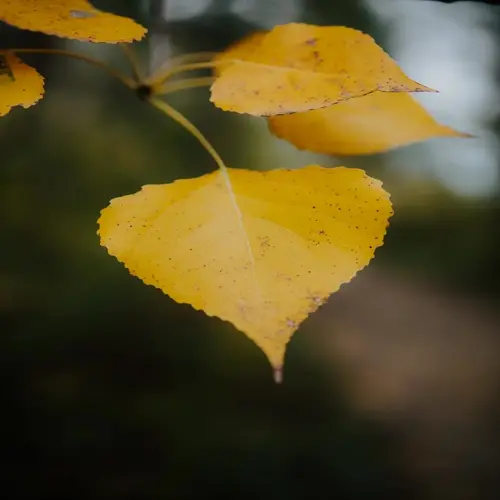What indicates soil pH problems in plants?

Written by
Olivia Mitchell
Reviewed by
Prof. Samuel Fitzgerald, Ph.D.Plants unquestionably indicate soil pH issues with a few distinct visual symptoms that are easily identified. Acid-loving plants, such as blueberries, exhibit stunted growth when exposed to a pH higher than 5.5. Japanese maples exhibit leaf scorch under alkaline conditions. Yellowing between leaf veins often indicates an iron deficiency as a consequence of high pH levels. Poor flowering and crusting of the soil can also signal problems.
Leaf Discoloration
- Yellow between veins = iron deficiency (high pH)
- Purple tints = phosphorus lockout (low pH)
- Brown edges = salt buildup (alkaline soil)
Growth Patterns
- Stunted blueberries = pH above 5.5
- Sparse azalea blooms = alkaline conditions
- Weak new growth = manganese toxicity (low pH)
Soil Conditions
- White crusting = alkaline mineral deposits
- Compacted surface = poor drainage (low pH)
- Moss dominance = excessive acidity
Diagnosing pH problems involves methodical observations. Every week, keep records of symptom development in certain plant parts. Compare nutritional deficiency and senescence in new/recent growth versus old leaves. Document the soil conditions, facility, aggregate, and soil profile conditions after specific rain events. Take pictures for your reference when moving into a different season. And use the pH measurements to confirm your observations.
Regional influences play a role in symptom expression. Coastal gardens experience a more rapid pH shift due to salt spray. Arid regions accumulate minerals at a faster rate. Urban areas have contaminants leached from concrete. When assessing plant distress signals, consider the microclimate for an accurate diagnosis.
Correcting imbalances will stop eventual harm. For alkaline soil symptoms, consider sulfur amendments at the rate suggested. For acidic soil issues, apply lime with caution. Always test soil after 4-6 weeks. Improve drainage by incorporating organic matter for enhanced recovery. Watch plants for signs of new healthy growth.
Read the full article: 10 Acid Loving Plants for Your Garden

